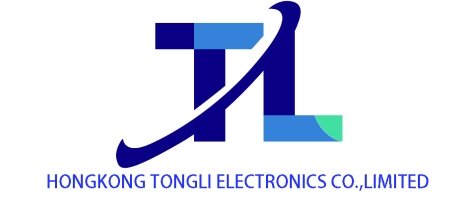Weekly Dynamics of the Global Storage Market: Differentiation and Changes in the Game of Supply and Demand
This week, the global storage market presented a complex picture. After significant fluctuations in the previous period, the market has entered a stage of adjustment and differentiation, with both similarities and notable differences in the performance of domestic and foreign markets.
Looking at the domestic market, it has generally stabilized, but there are still waves in various segments. The DRAM market, after the frantic price increases in May and June, saw a significant decline in prices and a sharp drop in order volumes this week. The previous price hikes were driven by supplier production cuts and concentrated procurement. Now, with inventory being released and supply recovering, the upward momentum of prices has been halted. In response to the current DDR4 trading situation, SK hynix and Samsung Electronics have launched investment expansion plans and intend to increase DRAM production capacity in the second half of the year. Currently, SK hynix’s DRAM inventory is at a level of 4 – 5 weeks, while NAND inventory is approximately three months. In the spot market, customers in some regions have stopped purchasing, and the price decline has widened. Nevertheless, the industry remains optimistic about the DDR4 market in the third quarter, predicting a 10% increase. High – end products are expected to maintain strong prices, while mid – to low – end products may see price divergence.
The SSD solid – state market has maintained stable prices, but the sluggish trend persists. This year’s 618 promotional activities failed to effectively boost demand. With the firm prices of original factory wafers, merchants are reluctant to restock and only make purchases as needed. In the FLASH particle market, contract prices remain stable, and the supply of large – capacity products is tight. However, due to weak terminal demand, the spot market is inactive, resulting in a price inversion between spot and contract prices. In the USB and TF card markets, demand is tepid, customers are not enthusiastic about purchasing, and market participants mostly adopt a wait – and – see attitude.
The foreign storage market also has many highlights. Micron achieved a record – high revenue in the third fiscal quarter of FY2025 (March – May 2025). Its DRAM business revenue was particularly outstanding, with HBM revenue increasing by nearly 50% month – on – month, data center revenue more than doubling year – on – year, and strong quarter – on – quarter growth in the consumer market. Based on the sustainability of storage price increases, strong AI catalysis, and the acceleration of localization, upstream original manufacturers expect DDR4 contract prices to increase by 30 – 40% in the third quarter. The expected increases for PC DDR4 and Server DDR4 have both expanded. The increase in NAND Flash contract prices in the third quarter has been revised up to 5 – 10%, and orders for enterprise – level SSDs have significantly increased. The upward trend in prices is expected to continue in the fourth quarter, with an expected increase of 8 – 13%. Data from the CFM flash memory market shows that at the beginning of this month, the prices of 16GB, 32GB, and 64GB DDR4 RDIMMs increased respectively. Micron’s expected quotation for DDR4 in June jumped by a staggering 50%, and spot prices rose strongly.
In addition, Kioxia, a Japanese NAND flash memory giant, announced a medium – to long – term business plan to double its production capacity by the fiscal year 2029 compared to 2024 to meet the growing demand for NAND flash memory from artificial intelligence data centers. Micron Technology has delivered 36GB 12 – layer HBM4 samples to many important customers and plans to start mass production in 2026, with significant improvements in energy efficiency and performance.
Overall, the global storage market is currently in a stage of inventory release and supply recovery, but order volumes have declined. There are differences in the supply – demand structure, price trends, and development expectations between domestic and foreign markets. In the future, it is necessary to closely monitor changes in demand, the global situation, and the continuous impact of emerging technologies such as AI on the storage market.
